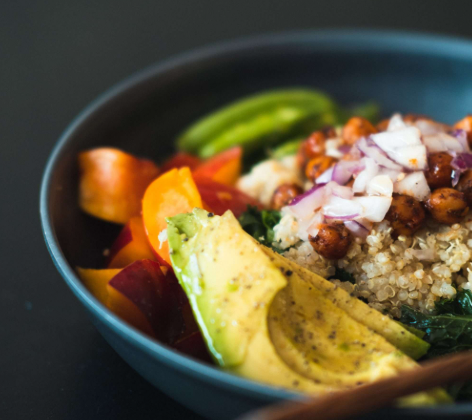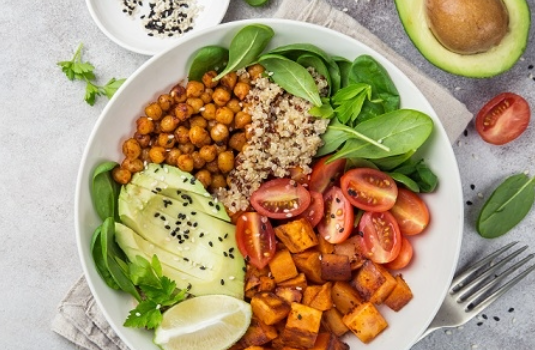
A beautifully set dining table is more than just a place to eat—it’s an essential element that sets the mood for your meal and creates a welcoming atmosphere for your guests. Whether you’re hosting a casual brunch or a formal dinner, with the right decor, your dining table can make any occasion special. In this guide, we’ll share some tips and tricks to help you style your table, no matter the season or occasion.
Understanding the Essentials of Dining Table Decor
Before you dive into decorating your dining table, it’s important to understand the basic elements of table decor. Consider the following:
- Theme: Your table decor should complement your home’s overall aesthetic or the specific occasion. A modern farmhouse look might incorporate rustic elements, while a formal dinner requires more elegant and polished pieces.
- Color Palette: Choose a color scheme that ties in with your dining room’s colors or the season. Seasonal hues are an excellent way to update your table’s look throughout the year.
- Functionality: Decor should enhance the table’s appearance without getting in the way of its practical purpose. Make sure there’s enough space for food and guests to comfortably dine.
Key Elements to Include in Your Table Decor
A well-decorated dining table elevates any meal. Here are some key elements to consider when styling your table:
- Table Linens: Add sophistication with tablecloths, runners, or placemats. Choose materials that match the overall vibe—linen for a casual look or silk for more formal gatherings.
- Centerpieces: The centerpiece is often the focal point of the table. Whether it’s a vase of fresh flowers, candles, or even a fruit bowl, the right centerpiece adds beauty and dimension to your table setting.
- Tableware: Your dinnerware sets the tone for the meal. Opt for modern, minimalist designs for a contemporary look, or go for something more traditional if you’re aiming for a classic vibe.
Dining Table Decor Ideas
When looking for fresh decor ideas, consider how to balance simplicity with style. Here are a few tips to help you effortlessly transform your table:
- Seasonal Decor: Change up your table with the seasons. For autumn, use warm tones and small pumpkins; in winter, add evergreen sprigs or pinecones.
- Minimalistic Decor: For a simple yet elegant look, keep your decor minimal. Use a fresh floral arrangement as a centerpiece and pair it with neutral-toned dinnerware for a chic look.
- Bold Contrasts: Mix dark dinnerware with light tablecloths or metallic accents with rustic wood for an eye-catching and dynamic effect. Contrast adds depth and visual interest to your table.
Layering for Depth and Interest
Layering elements like table linens, placemats, and dinnerware can help you create a cohesive look. When styling your dining table, start simple and build up gradually. A neutral table runner can serve as a base, while adding seasonal touches or subtle textures—like wooden chargers or ceramic bowls—gives the table an extra layer of charm without overcrowding it.
Floral Centerpieces
A timeless floral centerpiece can add both color and texture to your table setting. Whether you choose a single arrangement of fresh flowers in a glass vase or mix greenery with soft-toned blooms, floral arrangements bring nature indoors and enhance your dining area.
Add Visual Interest with Placemats
Placemats are a practical yet stylish way to elevate your table decor. Play with different textures, patterns, or seasonal designs to create a personalized touch. Whether you’re hosting a casual brunch or a formal dinner, placemats can complement your table setting and bring some flair to your dining experience.
Match the Upholstery to Your Table Decor
When thinking about how to style your dining table, take into account the upholstery of your dining chairs. Coordinating the tones and textures of your chairs with your table decor adds harmony and elevates the space. For example, if your chairs are upholstered in velvet, pair them with metallic accents or earthy-toned centerpieces to create a cohesive and stylish look.
Lighting and Ambiance
The right lighting can make all the difference in your dining setup. Consider adding a chandelier above your table for an elegant touch. It not only enhances the ambiance but also draws attention to the table, making it the focal point of the room.
Modern Dining Table Decor Ideas
For a contemporary twist, here are a few tips for modern table decor:
- Minimalist Style: Embrace clean lines and neutral colors. A single, striking centerpiece can be the focal point without overwhelming the table.
- Natural Materials: Incorporate wood, glass, and metal to create a balanced, modern feel. A wooden table paired with sleek metal accessories offers a contemporary look that feels fresh and stylish.
- Bold Color Accents: Don’t shy away from color! Bright table runners or napkins in vibrant hues can add personality and energy to your dining space.
Conclusion
A well-decorated dining table creates an inviting atmosphere that makes every meal feel special. Whether you’re hosting a casual gathering or a formal dinner, the right table decor can enhance the experience and leave a lasting impression. By mixing textures, choosing the right centerpiece, and experimenting with different elements, you can create a dining space that reflects your style and brings people together. Keep these tips in mind, and you’ll always have a dining table that’s ready for any occasion!

















